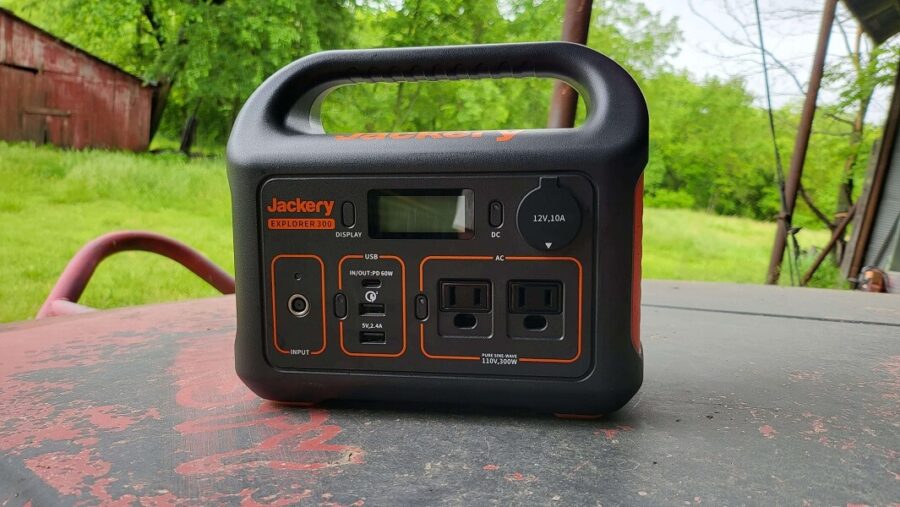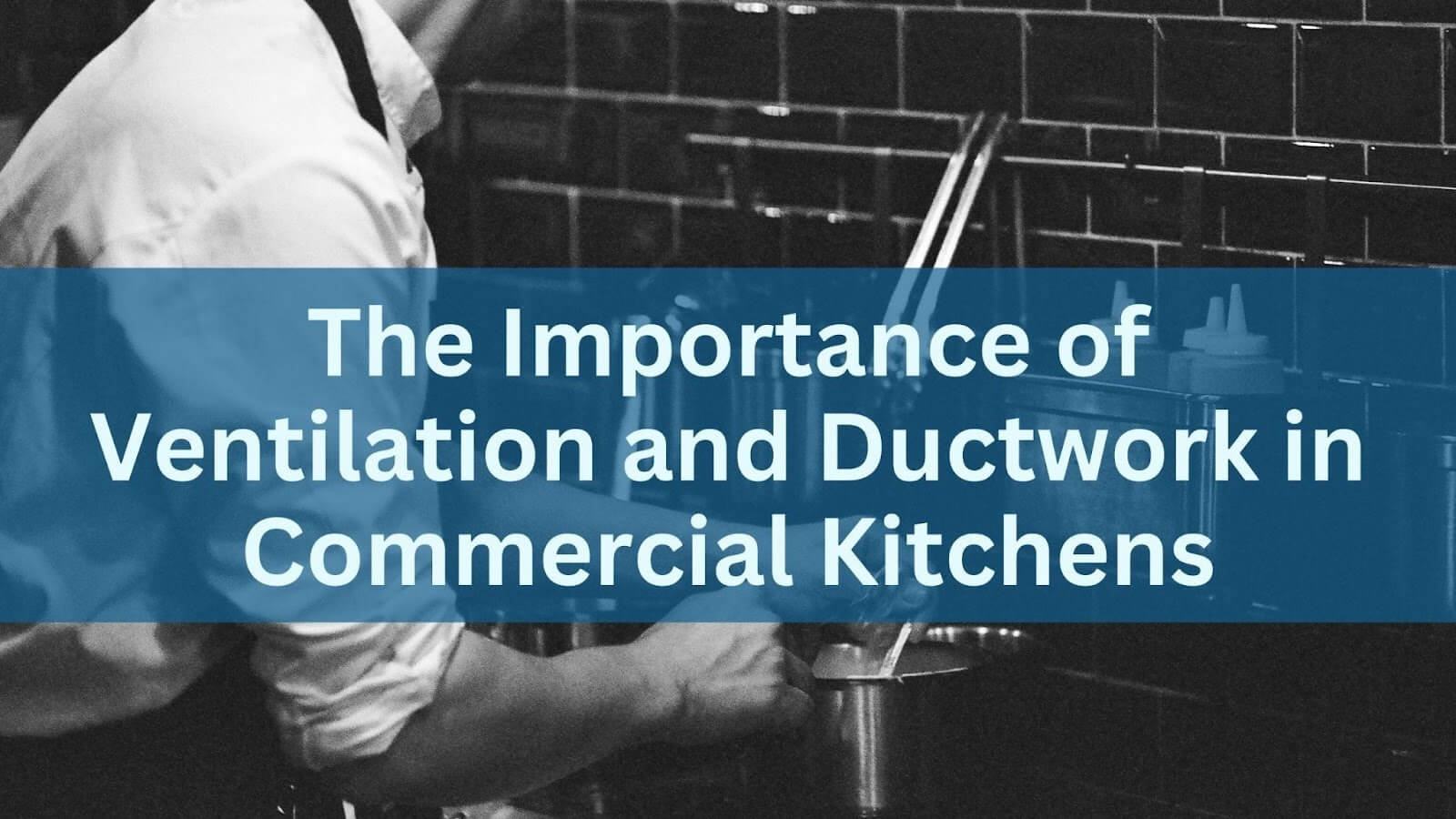UPVC (Unplasticized Polyvinyl Chloride) exterior wall cladding has gained popularity as a durable and low-maintenance option for residential and commercial buildings. This innovative cladding material offers numerous advantages over traditional cladding materials like wood, brick, or stone. Here, we explore the multifaceted benefits of UPVC cladding, which make it an attractive choice for enhancing building exteriors.
1. Durability and Longevity
UPVC cladding stands out for its exceptional durability. It is designed to withstand extreme weather conditions, including heavy rain, strong winds, and scorching sun, without deteriorating, warping, or fading. Unlike wood, UPVC does not rot, rust, or corrode, ensuring the building’s exterior remains in excellent condition for years. This longevity reduces the need for frequent replacements, making UPVC a cost-effective solution in the long run.
2. Low Maintenance
One of the most appealing features of UPVC cladding is its low maintenance requirements. It does not need to be painted or sealed, and its color remains vibrant for years without the need for touch-ups. Cleaning UPVC cladding is straightforward—a simple wash with soap and water is all that’s needed to keep it looking new. This ease of maintenance saves time and money, eliminating the need for expensive cleaning products or professional cleaning services.
3. Energy Efficiency
UPVC cladding provides an additional layer of insulation to buildings, enhancing energy efficiency. It helps in maintaining a consistent indoor temperature, reducing the reliance on heating and cooling systems, and consequently lowering energy bills. This thermal efficiency not only makes UPVC cladding an eco-friendly option but also contributes to a more comfortable living or working environment.
4. Aesthetic Appeal
With advancements in manufacturing technologies, UPVC cladding now comes in a wide range of colors, textures, and finishes. This variety allows for greater design flexibility, enabling architects and homeowners to achieve the desired look, whether modern or traditional, without compromising on performance. UPVC can mimic the appearance of wood, stone, or other materials, providing aesthetic appeal while offering the benefits of modern synthetic materials.
5. Water and Fire Resistance
UPVC is naturally resistant to moisture, preventing water ingress that can lead to damp issues and structural damage. This makes it particularly suitable for climates prone to heavy rainfall. Additionally, UPVC cladding is fire resistant, slowing the spread of flames in case of a fire and providing an extra layer of safety to the building occupants.
6. Cost-Effectiveness
While the initial investment in UPVC cladding might be higher than some traditional materials, its long-term benefits outweigh the initial costs. The durability, low maintenance, and energy savings it provides make UPVC cladding a cost-effective choice over its lifespan. Moreover, the installation of UPVC cladding is usually quicker and less labor-intensive, further reducing initial costs.
7. Environmentally Friendly
UPVC cladding can be a more sustainable choice. Many UPVC products are manufactured using recycled materials, reducing waste and the consumption of new resources. Furthermore, its long lifespan and energy efficiency contribute to a reduction in environmental impact over the building’s life.
Conclusion
UPVC exterior wall cladding offers a comprehensive range of benefits, from durability and low maintenance to energy efficiency and aesthetic versatility. Its resistance to weather, moisture, and fire adds an extra layer of protection to buildings, making it a smart choice for both residential and commercial properties. Considering its cost-effectiveness and positive environmental impact, UPVC cladding is an excellent investment for anyone looking to enhance their building’s exterior with a long-lasting, attractive, and efficient solution.





